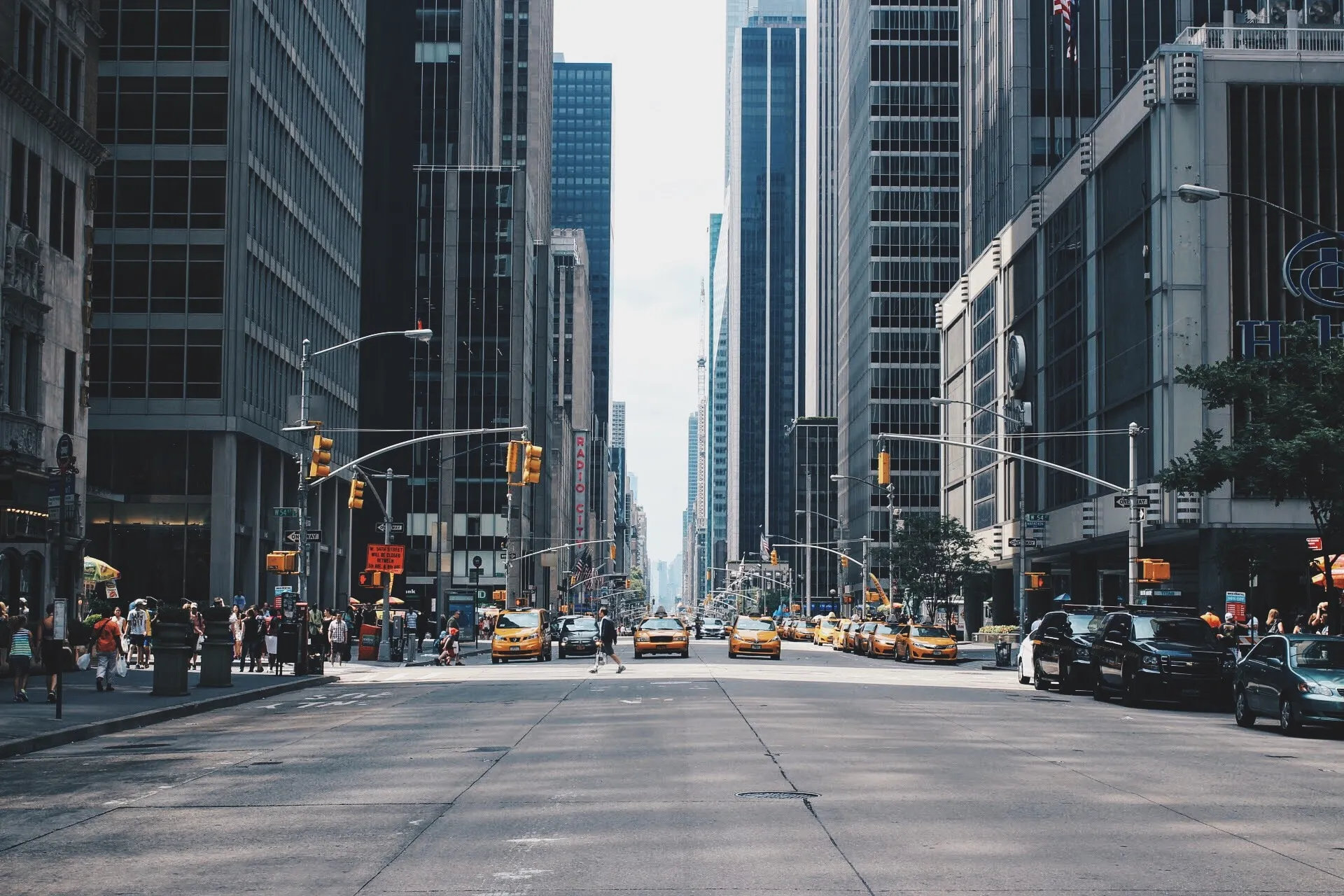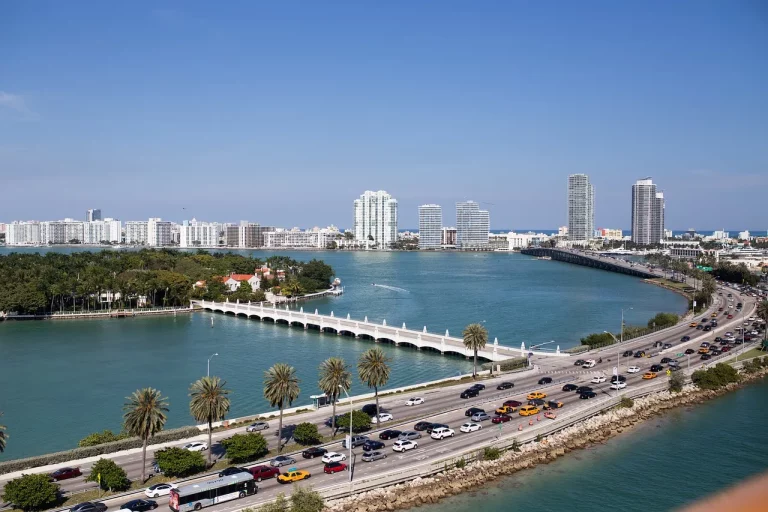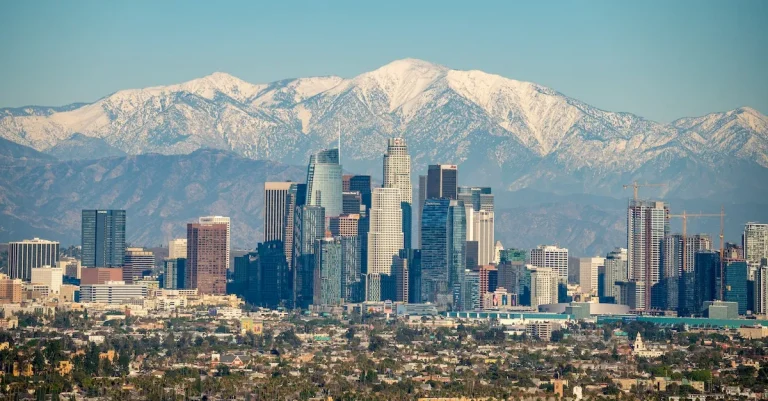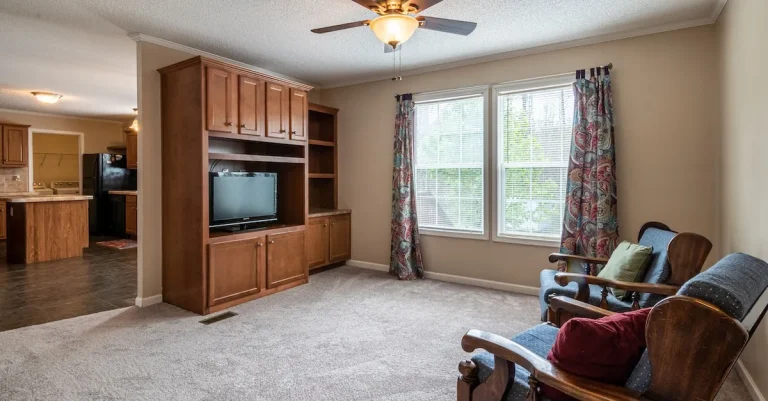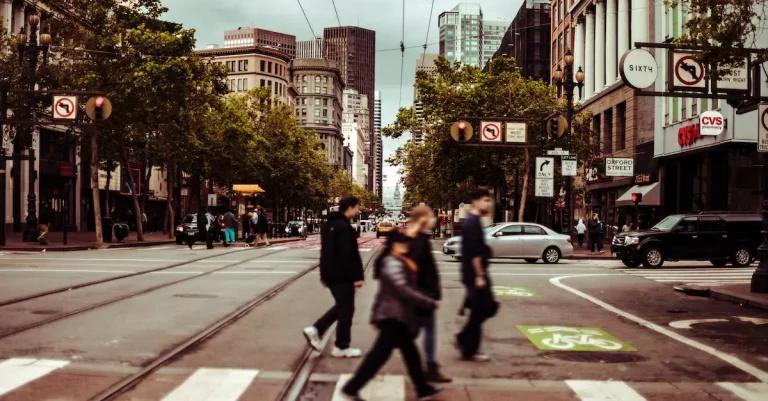Exploring The Inner City Neighborhoods Of New York
New York City is made up of 5 boroughs, each with their own unique neighborhoods and characteristics. For visitors and locals alike, the inner city neighborhoods provide an authentic look into New York culture past and present.
If you’re short on time, here’s a quick answer to your question: New York’s inner city neighborhoods like Harlem, Lower East Side, and East Village are vibrant historic areas with diverse communities, architectural sights, arts & culture, and dining scenes within walking distance.
In this approximately 3000 word guide, we will take a deep dive into these iconic inner city neighborhoods of Manhattan. You’ll learn about the history, architecture, diversity, arts, food, and more that make these areas an essential part of the New York experience.
History of New York City’s Inner Neighborhoods
New York City’s inner neighborhoods have a rich and diverse history that has shaped the city into what it is today. From early development and immigration patterns to post-war decline and urban renewal efforts, these neighborhoods have witnessed significant transformations over the years.
Let’s delve into the fascinating history of New York City’s inner neighborhoods.
Early development and immigration patterns
The inner neighborhoods of New York City were initially developed as a result of the city’s rapid growth in the 19th century. Immigrants from all over the world flocked to these neighborhoods in search of better opportunities.
The Lower East Side, for example, became a hub for Jewish immigrants, while Harlem was a cultural center for African Americans during the Harlem Renaissance. These neighborhoods were vibrant and bustling with activity, each one contributing to the unique fabric of the city.
Post-war decline and urban renewal efforts
However, in the decades following World War II, many of these inner neighborhoods experienced a decline due to various factors such as suburbanization and economic changes. Crime rates soared, buildings fell into disrepair, and poverty became a pressing issue.
To combat these challenges, urban renewal efforts were initiated, aimed at revitalizing these neighborhoods and improving living conditions for residents. While some of these efforts were successful, others faced criticism for displacing long-time residents and erasing the cultural identity of these neighborhoods.
Revitalization and gentrification from the 1990s onward
In the 1990s, New York City began to experience a remarkable revitalization, with inner neighborhoods leading the way. Crime rates dropped, the economy boomed, and these neighborhoods started attracting a new wave of residents.
Gentrification became a buzzword, as young professionals and artists moved into previously neglected areas, bringing with them new businesses, restaurants, and cultural institutions. Neighborhoods like Williamsburg in Brooklyn and Long Island City in Queens underwent significant transformations, becoming vibrant and sought-after places to live.
However, the process of gentrification has not been without its controversies. Displacement of long-time residents, rising rents, and loss of affordable housing have been major concerns. It is important to strike a balance between revitalization and preserving the unique character of these neighborhoods.
Harlem
Harlem is a vibrant and historic neighborhood located in the northern part of Manhattan, New York City. It is known for its rich history, cultural significance, and contributions to the arts, music, and food scene.
Let’s dive into the various aspects that make Harlem a unique and captivating neighborhood.
History and cultural significance
Harlem has a long and storied history, particularly as an epicenter of African-American culture. During the 1920s, Harlem experienced the Harlem Renaissance, a period of artistic, intellectual, and cultural growth.
Talented individuals like Langston Hughes, Zora Neale Hurston, and Duke Ellington emerged during this time, leaving an indelible mark on American history. Today, Harlem continues to be celebrated for its cultural significance, with numerous museums, galleries, and cultural institutions showcasing the neighborhood’s rich heritage.
Architecture and landmarks
Harlem is home to a diverse range of architectural styles, reflecting its history and evolution over the years. From the iconic brownstone buildings that line the streets to the historic churches and theaters, there is an abundance of architectural marvels to explore.
One notable landmark is the Apollo Theater, a legendary venue that has hosted countless renowned artists over the years. Another must-visit landmark is the Schomburg Center for Research in Black Culture, which houses an extensive collection of materials documenting the African diaspora.
Arts, music, food scene
Harlem has long been a haven for artists, musicians, and food enthusiasts. The neighborhood boasts a thriving arts scene, with numerous galleries, art studios, and street art murals showcasing local talent.
Music is deeply rooted in Harlem’s culture, with jazz clubs like the Cotton Club and the Lenox Lounge being legendary venues that have hosted some of the greatest musicians in history. In addition to its artistic offerings, Harlem is also renowned for its diverse and delicious food scene.
From soul food to Caribbean cuisine, there are plenty of dining options that reflect the neighborhood’s cultural diversity.
Lower East Side
The Lower East Side is a vibrant and historic neighborhood in New York City. It is known for its rich immigrant roots, tenement architecture, and thriving arts, nightlife, and dining scene.
Immigrant roots
The Lower East Side has a long history of being a gateway for immigrants coming to the United States. In the late 19th and early 20th centuries, it was primarily inhabited by Eastern European Jewish immigrants.
These immigrants brought with them their culture, traditions, and cuisine, which have had a lasting impact on the neighborhood. Today, you can still find remnants of this immigrant heritage in the form of synagogues, delicatessens, and cultural institutions.
Tenement architecture
The Lower East Side is home to some of the oldest and most well-preserved tenement buildings in New York City. These buildings, often characterized by their narrow facades and fire escapes, were once home to working-class immigrants and their families.
They serve as a reminder of the hardships and challenges faced by the early residents of the neighborhood. Some of these tenements have been converted into museums, allowing visitors to step back in time and learn about the lives of those who once lived there.
Arts, nightlife, dining
The Lower East Side has a reputation for being a hub of creativity and cultural activity. It is home to numerous art galleries, theaters, and music venues, showcasing the work of both established and emerging artists.
The neighborhood also boasts a vibrant nightlife scene, with a plethora of bars, clubs, and lounges offering a variety of entertainment options. Additionally, the Lower East Side is a food lover’s paradise, with a wide range of restaurants, cafes, and street vendors serving up delicious and diverse cuisines from around the world.
Exploring the Lower East Side is a truly immersive experience, where you can witness the neighborhood’s rich history, admire its unique architecture, and indulge in its vibrant arts, nightlife, and dining scene.
Whether you’re a history buff, art enthusiast, or foodie, there’s something for everyone in this dynamic neighborhood.
East Village
The East Village is a vibrant neighborhood located in the heart of Manhattan, New York City. Known for its rich history and diverse culture, it has become a popular destination for locals and tourists alike.
From its roots as a counter-culture hub to its transformation from gritty to gentrified, the East Village has a story to tell.
Counter-culture hub
In the 1960s and 1970s, the East Village was a hotbed of artistic and political activism. It was home to the Beat Generation, with iconic figures like Allen Ginsberg and Jack Kerouac frequenting the neighborhood’s coffee shops and bars.
The area quickly became a haven for artists, musicians, and writers, who were drawn to its bohemian atmosphere and affordable rent.
The East Village also played a pivotal role in the punk rock movement of the 1970s. Legendary music venues like CBGB and Max’s Kansas City were located in the neighborhood, hosting groundbreaking performances by bands such as the Ramones, Blondie, and Talking Heads.
Today, the spirit of the counter-culture movement can still be felt in the East Village, with independent art galleries, underground music venues, and alternative theaters dotting the streets.
Gritty to gentrified transformation
Over the years, the East Village has undergone a significant transformation. What was once a gritty and somewhat neglected neighborhood has now become a sought-after residential and commercial area. The neighborhood’s evolution can be attributed to a combination of factors, including increased investment, urban development, and changing demographics.
One of the most prominent signs of gentrification in the East Village is the rise in property prices. Old tenement buildings have been renovated and turned into trendy apartments, attracting a new wave of residents who are willing to pay a premium for the neighborhood’s unique charm.
Additionally, the influx of upscale boutiques, trendy restaurants, and high-end bars has contributed to the neighborhood’s gentrification.
Artists, venues, restaurants
The East Village continues to be a haven for artists, with numerous art galleries and studios scattered throughout the neighborhood. From contemporary exhibitions to street art, there is no shortage of creative expression in the East Village.
Visitors can explore the vibrant art scene by visiting galleries like the New Museum or taking a stroll down the neighborhood’s colorful streets.
When it comes to dining and entertainment, the East Village offers a plethora of options. From hole-in-the-wall eateries to Michelin-starred restaurants, there is something to satisfy every palate. The neighborhood is also home to a variety of music venues, ranging from intimate jazz clubs to larger concert halls.
Whether you’re in the mood for a quiet dinner or a lively night out, the East Village has you covered.
Conclusion
New York’s inner city neighborhoods provide a window into the city’s past as a haven for immigrants and artists. Their rich histories have shaped diverse, vibrant communities with distinct architecture, cultures, and attractions.
Visitors can experience the ‘real’ New York by exploring landmarks like the Apollo Theater in Harlem, strolling the tenements of Lower East Side, and bar-hopping in the East Village. There is no better way to connect with the roots of this dynamic city than by immersing oneself in these storied inner city neighborhoods.

